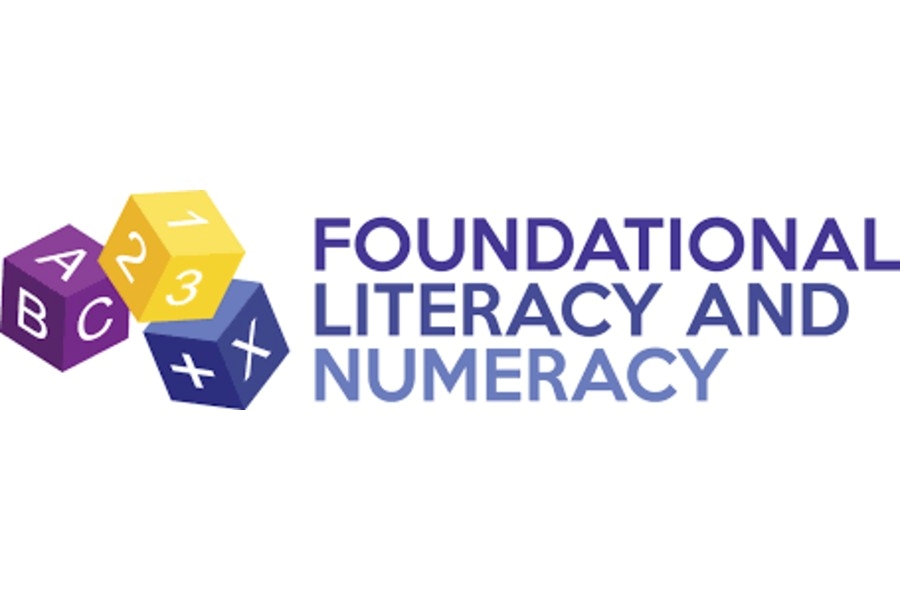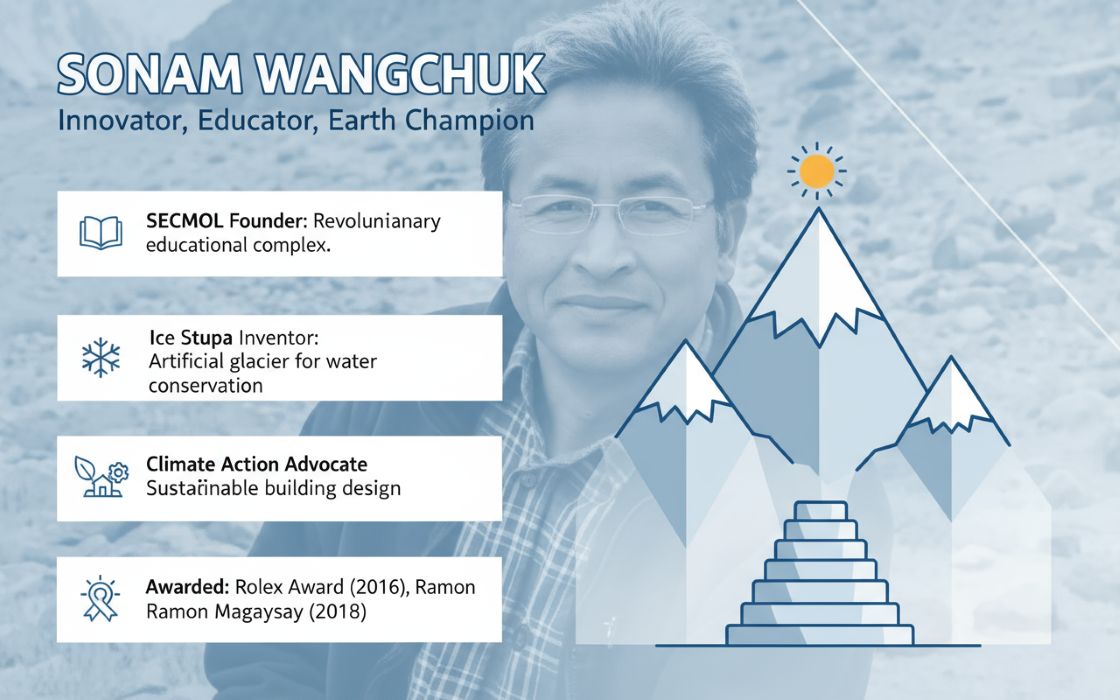In a rapidly evolving digital era, mjunction Services Limited stands as a true example of how technology can drive both business growth and social good. As a B2B e-commerce company, it has not only redefined digital transformation in the industry but also extended this innovation-led approach to its CSR initiatives; empowering marginalized communities, building sustainable livelihoods, and advancing digital inclusion.
In this conversation, Mr. Vinaya Varma, Managing Director of mjunction Services Limited, discusses how the company’s spirit of innovation continues to shape its social impact programs. From skilling and employability to sustainability and accessibility, he shares insights into mjunction’s vision of building an inclusive, tech-enabled future where opportunity and equity go hand in hand.
Scroll down to read the full interview:
Q. mjunction has been a pioneer in digital transformation through B2B e-commerce. How does this spirit of innovation translate into your CSR approach, especially when it comes to empowering marginalized and underserved communities?
A. mjunction’s CSR philosophy mirrors its corporate DNA of customerfocus, innovation, and excellence. The CSR policy emphasizes sustainable, technology-led solutions and long-term stakeholder value creation rather than one-off giveaways. In practice, this means using digital tools (e-learning, accessible technology, AI-enabled teaching and learning materials) and data-driven program design to scale impact, measure outcomes, and create sustainable livelihoods or learning pathways for underserved groups. The CSR policy and program outline reflect this innovative approach.
Q. Project Lakshya has trained over 30,000 youth since 2007 with impressive placement ratios. What key factors have enabled such consistent outcomes, and how do you ensure that the training remains relevant to the evolving job market?
A. Key factors behind Lakshya’s consistent performance are: (a) industry-aligned curriculum and soft-skills + domain training, (b) strong employer engagement and placement linkage, and (c) focused outreach to underserved youth with support services (career counselling, follow-ups). The numbers and placement-to-training ratio in the 60%+ band reflect both scale and consistent employer absorption. Ongoing monitoring, batch-wise placement targets, and periodic curriculum updates (aligned to industry needs) keep the program market-relevant.
Q. Project Prayas has helped rural and tribal women transition from subsistence to entrepreneurship, leading to income growth up to six times. Could you share a few examples that best capture how these women are building sustainable livelihoods?
A. mjunction’s rural livelihood work (Project Prayas and allied initiatives) focuses on transforming subsistence activities into entrepreneurially run micro enterprises by combining: technical/trade skills (e.g., tailoring, lac cultivation), enterprise development (book-keeping, market linkages), and seed inputs or tool kits. Reported outcomes include women increasing household income multiple-fold through product aggregation, value-addition, and linkages to local markets/private industry/ Govt.— converting seasonal, low-paid work into recurring, market-driven micro-enterprises.
Q. Digital inclusion seems to be a major focus area with Project Jyoti and Vivek Drishti. How is mjunction bridging the accessibility gap for persons with visual impairment, and what kind of support systems ensure that their training leads to real career opportunities?
A. mjunction’s commitment to digital inclusion for persons with visual impairment is embodied through two complementary initiatives — Project Jyoti and Vivek Drishti. Together, they represent a holistic model that transforms accessibility into real career pathways.
Project Jyoti focuses on building digital literacy and confidence among visually impaired students and young adults. Through assistive technology training, accessible digital content, the right kind of devices, and hands-on learning, it ensures that persons with visual impairment gain equal access to the digital world — a critical first step toward inclusion. The program is implemented in partnership with government bodies, blind schools, special educators, and accessibility experts, making digital education not just possible but empowering.
Vivek Drishti, on the other hand, extends this inclusion to the next stage — employability. It provides advanced computer training, communication, and soft skills development, and exposure to NSDC-certified courses. Learners receive guidance on workplace readiness, resume building, and interview preparation, preparing them to thrive in mainstream corporate environments.
Both these programs are designed to seamlessly integrate — Project Jyoti builds the foundation of digital access and confidence, while Vivek Drishti builds the bridge to sustainable careers. This continuum ensures that persons with visual impairment are not just trained in technology but also supported to translate that knowledge into professional success. Through this combined approach, mjunction is redefining digital inclusion — from accessibility to empowerment, and from empowerment to employability,
Q. The School Integration Program (SIP) uses AI-enabled digital classrooms to enhance learning outcomes for rural students. How do technology and pedagogy come together in this model, and what measurable improvements have you observed so far?
A. mjunction’s School Integration Program (SIP) is a flagship initiative designed to bridge the digital learning gap in government schools by combining technology-enabled education with innovative pedagogy. The program aims to strengthen foundational digital and language skills among students, empowering them to become confident, future-ready learners. Under SIP, mjunction equips schools with digital infrastructure and provides capacity-building support to teachers, ensuring that technology becomes a natural part of the classroom ecosystem rather than an external aid. Interactive learning modules, digital content, and structured lesson plans help teachers move from rote learning to experiential, engaging classroom experiences.
A key partnership under SIP is with EnglishHelper, a global technology-driven education platform that uses AI-based tools to improve English reading and comprehension. Through its ReadToMe software, students read lessons aloud while the tool provides real-time pronunciation support, translation, and comprehension assistance — turning the standard textbook into an interactive learning experience.
The combination of pedagogical innovation and digital technology has led to measurable gains across participating schools. Students demonstrate improved reading fluency, enhanced digital familiarity, and better engagement with academic content. Teachers, too, report greater confidence in integrating digital resources into lesson delivery, making classrooms more inclusive and participatory.
By integrating digital literacy and English proficiency at the school level, mjunction’s SIP lays the foundation for long-term employability and inclusive growth — transforming young learners into digitally empowered citizens of tomorrow.
Q. mjunction’s Orchard & Mangrove Project demonstrates a strong link between environmental sustainability and livelihood generation. What inspired this initiative, and how are you balancing ecological impact with community development goals?
A. The orchard and Mangrove project was the result of the realizationthat barren land and coastal land restoration can deliver both ecological resilience and livelihood diversification.mjunction’s efforts in the Sundarbans (large-scale mangrove plantation) aim to restore coastal protection and create community-centric livelihood streams (e.g., eco-sustainable harvesting, nursery operations), and in the Bankura district of West Bengal,it aims to increase green coverage and by community orchard framing of cashew and mango, promoting sustainable agricultural practices and thus balancing biodiversity goals with income generation. We have planted mangrove across 90 acres of coastal land and restored 50 acres of barren land through orchard plantation.
Q. Inclusion and equity are central to mjunction’s CSR vision. How do you identify and prioritize focus areas or geographies to ensure that your initiatives reach those who need them most?
A. mjunction uses a mix of criteria: (a) needsassessment and baseline surveys in target geographies, (b) alignment with where mjunction has operational presence or partner NGOs, (c) prioritization of high-vulnerability zones (tribal, coastal Sundarbans, visually challenged cohorts), and (d) potential for scale and sustainability (e.g., local market linkages). The CSR policy underlines long-term impact and working through a corporate trust (ejunction) and partners to target the most vulnerable.
Q. With multiple programs aligned to the UN Sustainable Development Goals (SDGs), how does mjunction measure, monitor, and communicate its social impact at scale?
A. Measurement and communication rely on: (a) program metrics (trained, placed, enterprise income increases, saplings planted, schools covered), (b) periodic baseline → endline assessments and third-party validations where needed, (c) alignment of programs to relevant UN SDGs (skills → SDG4/8, environment → SDG13/15, inclusion → SDG10), and (d) consolidated reporting via CSR pages, annual CSR/impact disclosures and stakeholder communications. mjunction’s CSR policy emphasizes measurable, sustainable outcomes and public reporting through its CSR channels.
Q. As a joint venture between Tata Steel and SAIL, mjunction inherits a strong legacy of responsible business. How does this legacy influence your CSR philosophy and long-term strategy?
A. Being a JV of Tata Steel and SAIL brings (a) a legacy of industrial community engagement and long-term social investment, (b) access to large institutional networks for scale and placement linkages, and (c) governance and ethical standards derived from Tata and public-sector practices. That legacy translates into a CSR philosophy prioritizing sustainable, scalable programs (skills, inclusion, environment) and integrated stakeholder engagement (industry, government, NGOs). mjunction follows the social excellence framework of Tata Affirmative Action.
Q. Looking ahead, what are mjunction’s key priorities for deepening its impact in skills, sustainability, and digital inclusion over the next five years? Are there any upcoming initiatives or partnerships you’re particularly excited about?
A. I am particularly excited about launching an integrated village development project that will bring together education, employability, and sustainability interventions, creating a holistic, long-term impact at the community level. We are working on it, and soon we might be able to announce our first such project.
Over the next five years, our focus will be on deepening mjunction’s impact across skills, sustainability, and digital inclusion. We plan to scale up our digital inclusion initiatives, such as Project Jyoti and Vivek Drishti, so that technology access and digital literacy reach many more underserved communities.
In the area of skilling, we will continue to strengthen the skilling-to-placement pipeline through the expansion of Project Lakshya and by building new partnerships with employers to create sustainable livelihoods. We are also looking to expand our education-linked initiatives that help learners continue their studies.

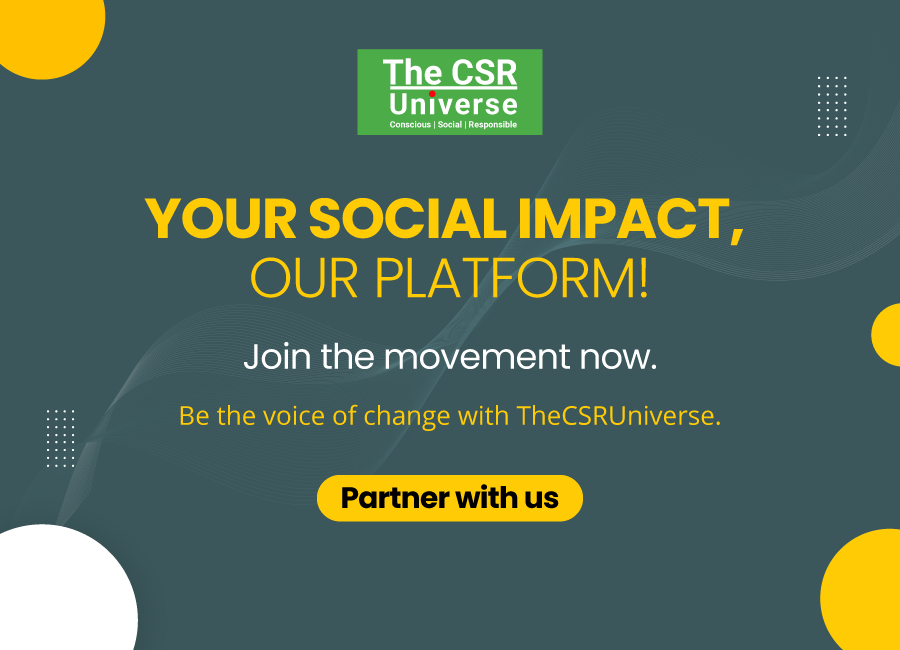

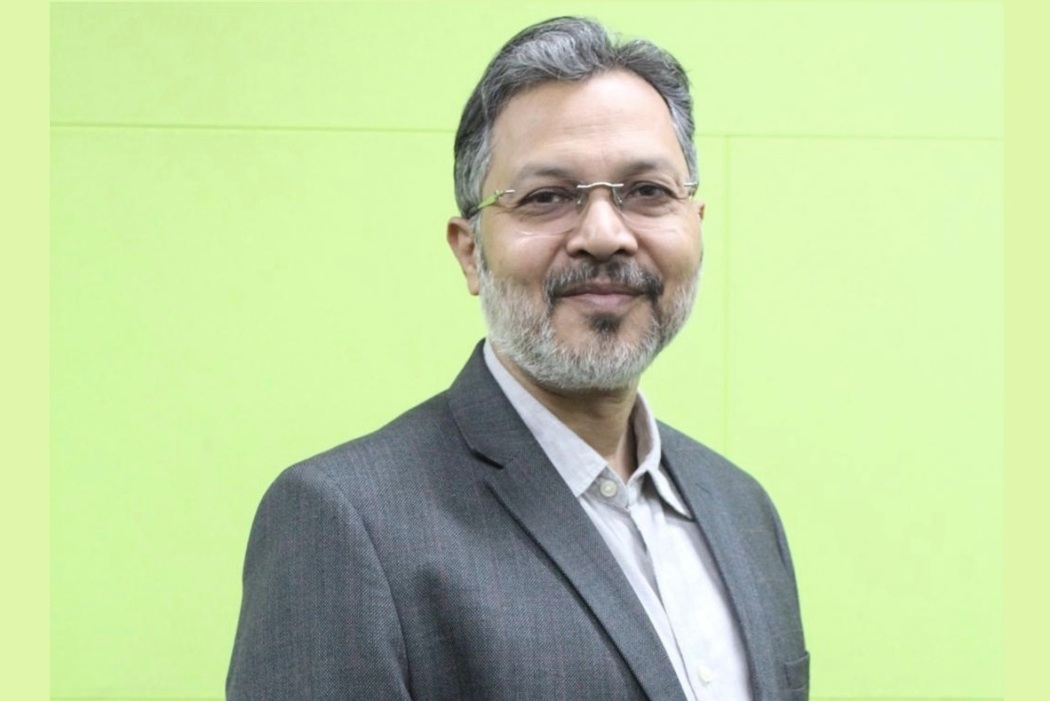
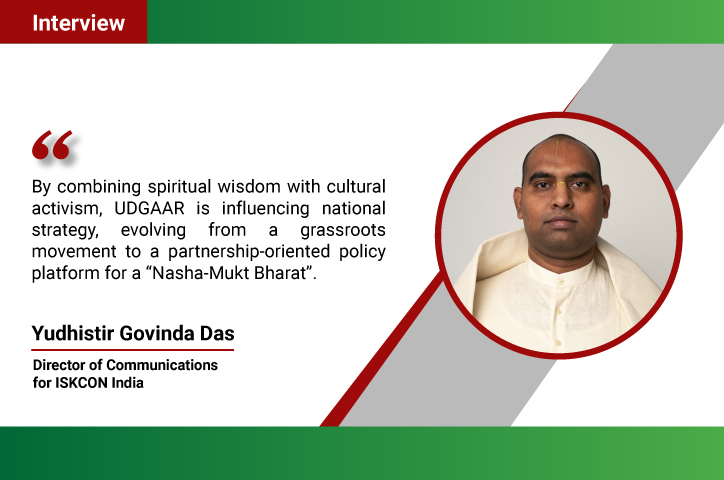

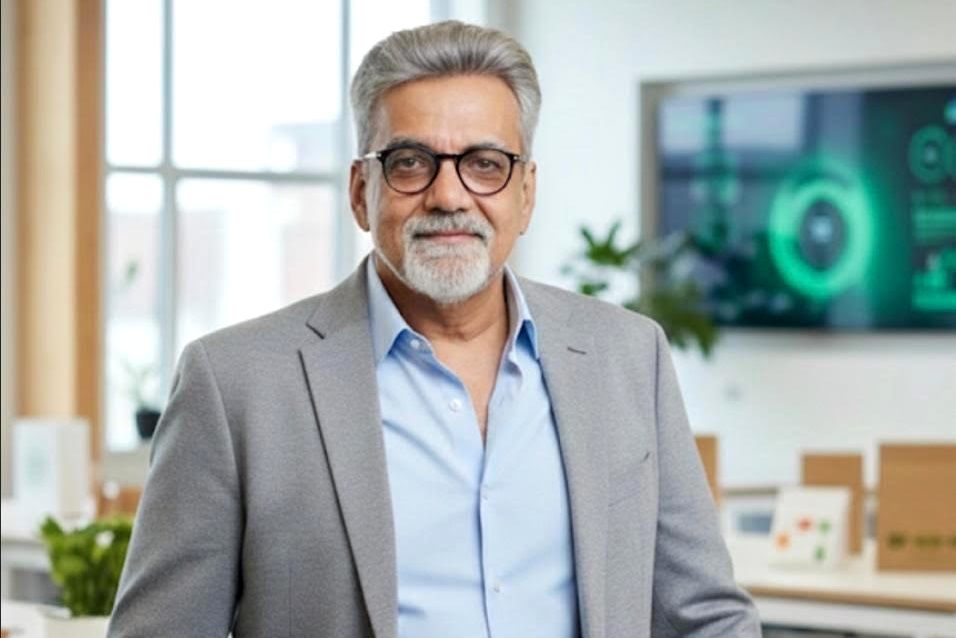

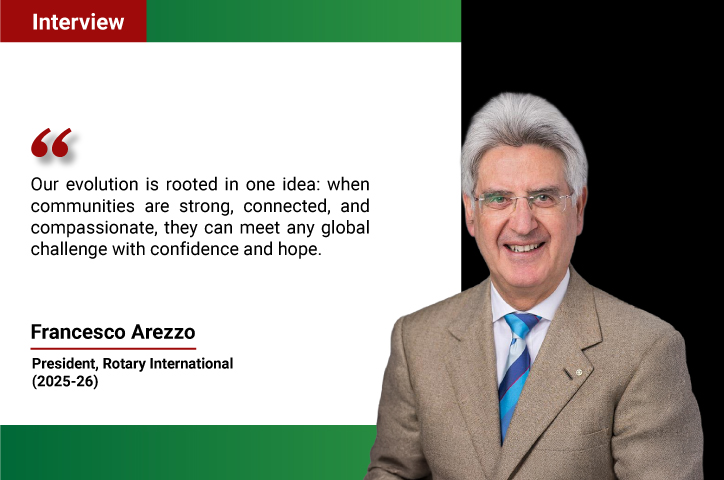

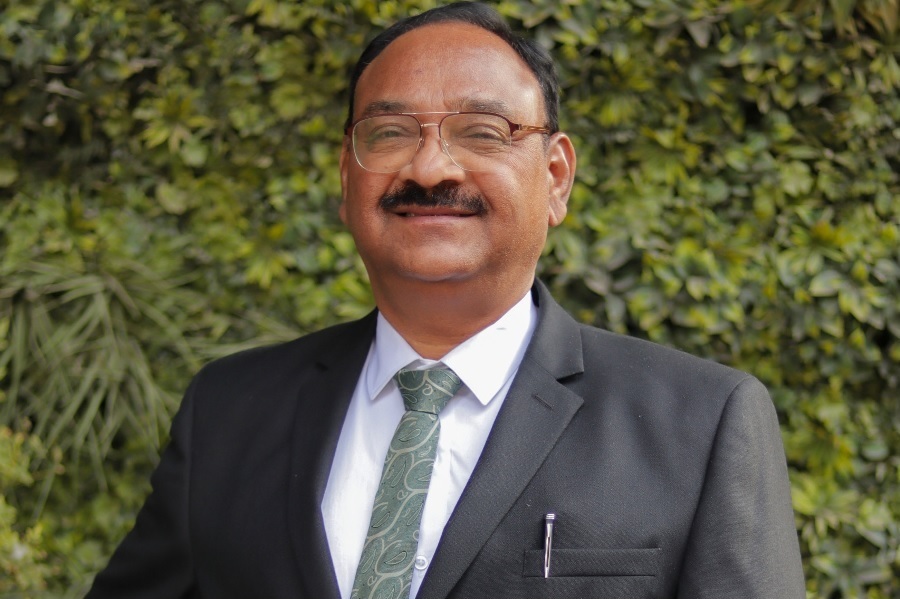



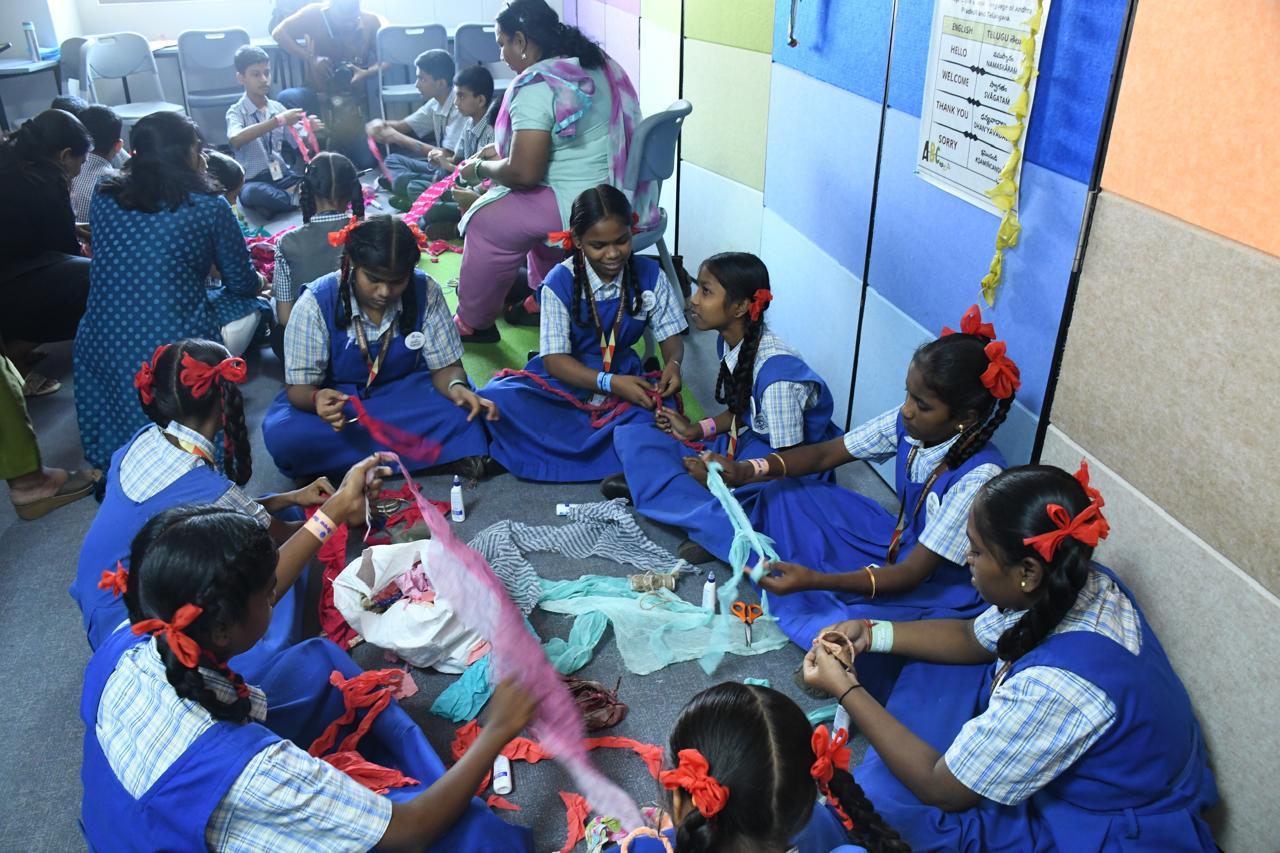
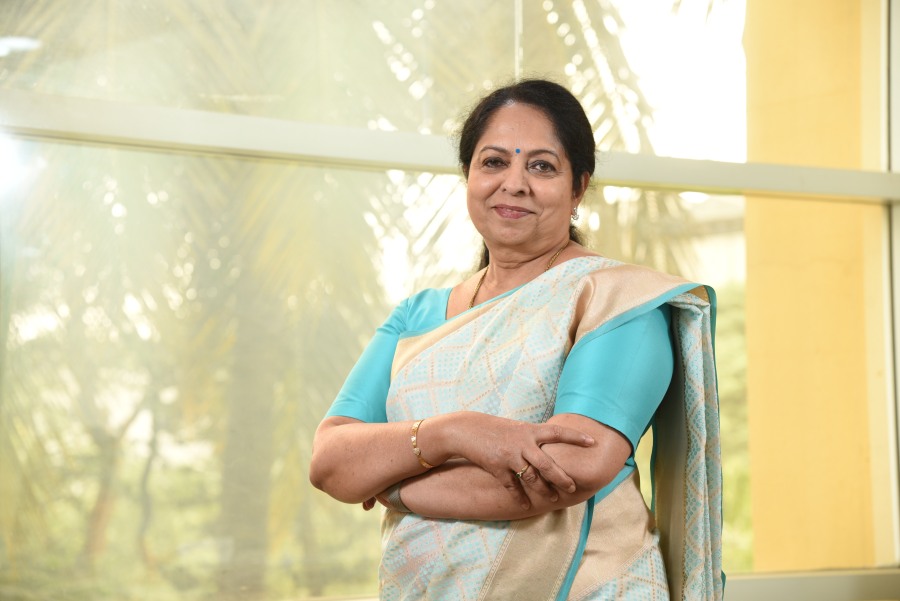
.jpg)
